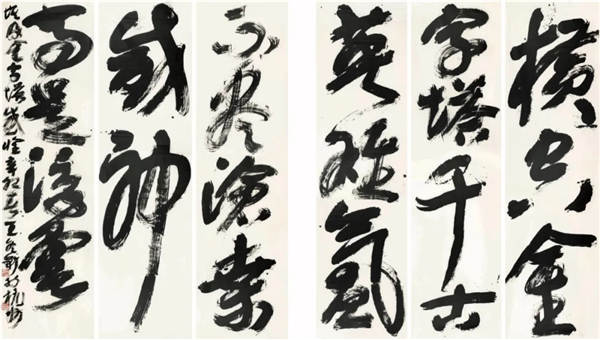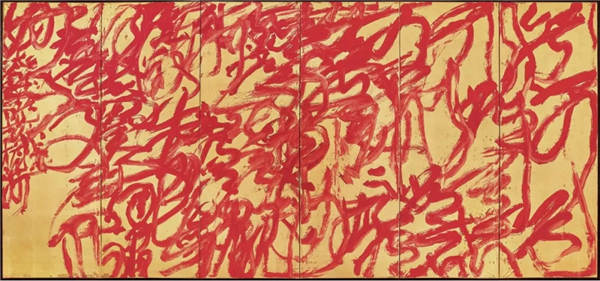

"In 1981, I taught calligraphy overseas. Students there allowed me to consider calligraphy in new ways and think about the ways in which others view art. I started to realize that pure calligraphy exercises are constrained and monotonous. New ideas should be developed to strengthen and broaden the artistic expression of the art form", said Wang. His first modern calligraphy piece "Powerful and Unconstrained (Tian Ma Xing Kong)" was the starting point for Wang to broaden his calligraphy skills. Works that combine traditional Chinese art with modern technology are also displayed at this exhibition, such as the works using iPad presented in Exhibition Hall No 4.
According to Wang, "Calligraphy is not only a dialogue between contemporary art and tradition, but also a dialogue between global civilization and digital technology". Since the beginning of the new century, he has personally initiated a project to construct writing scenes of Chinese calligraphy at the most important art institutions worldwide and promoted academic communication between calligraphy and international art circles.

As a prominent modernist Chinese calligrapher, Wang's works have been exhibited at the National Art Museum of China, the Palace Museum (Taipei), the British Museum, the Victoria and Albert Museum, the Guggenheim Museum, the Metropolitan Museum of Art, the Library and Archives Canada and the Vancouver Art Gallery as well as a number of prestigious universities worldwide.